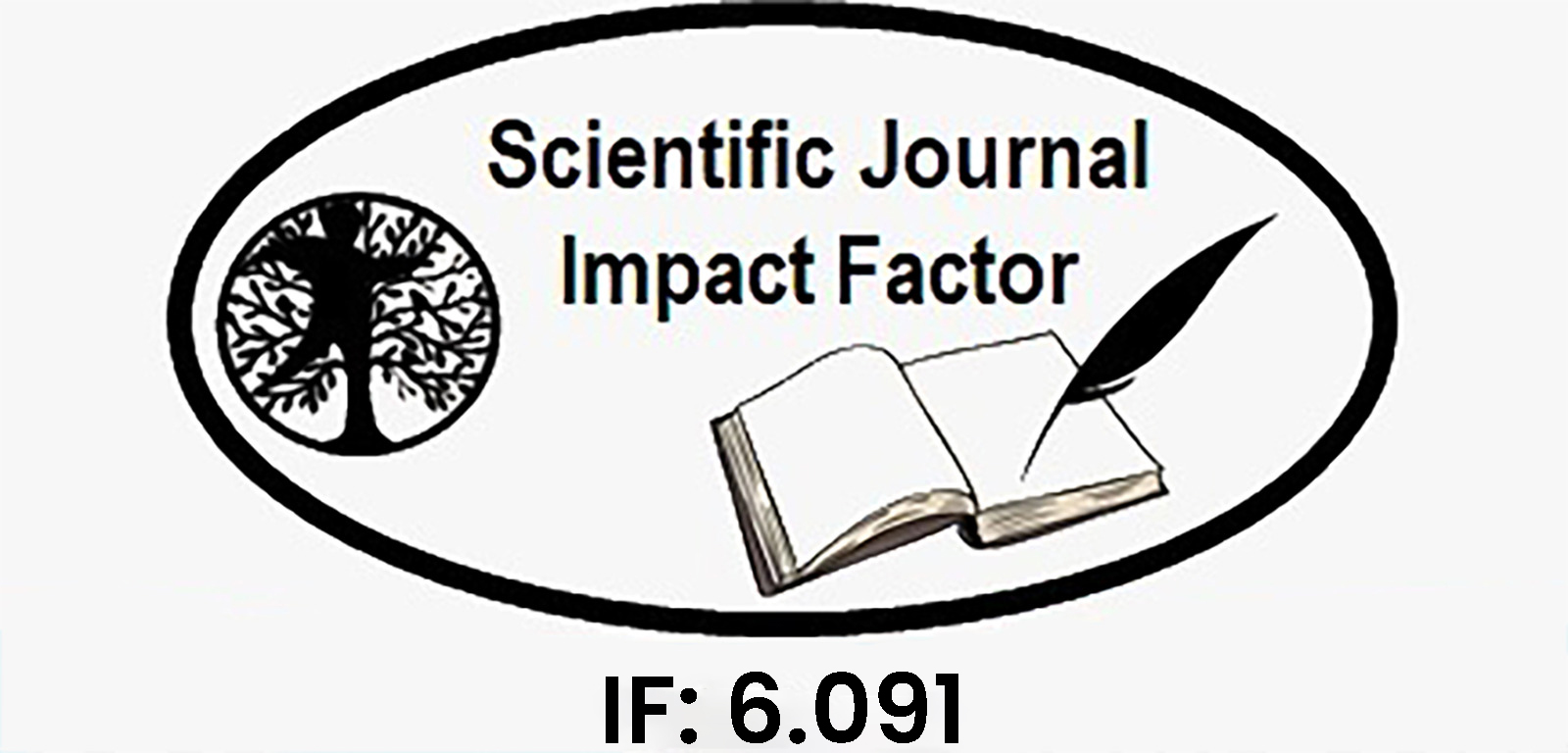Deep Learning: A Comprehensive Overview on Techniques, Taxonomy, Applications and Research Directions
Keywords:
Deep learning, Artificial neural network, Artificial intelligence, Discriminative learning, Generativelearning, Hybrid learning, Intelligent systemsAbstract
Deep learning (DL), a branch of machine learning (ML) and artificial intelligence (AI) is nowadays considered as a core
technology of today’s Fourth Industrial Revolution (4IR or Industry 4.0). Due to its learning capabilities from data, DL
technology originated from artificial neural network (ANN), has become a hot topic in the context of computing, and is
widely applied in various application areas like healthcare, visual recognition, text analytics, cybersecurity, and many
more. However, building an appropriate DL model is a challenging task, due to the dynamic nature and variations in
real-world problems and data. Moreover, the lack of core understanding turns DL methods into black-box machines that
hamper develop- ment at the standard level. This article presents a structured and comprehensive view on DL techniques
including a taxonomy considering various types of real-world tasks like supervised or unsupervised. In our taxonomy,
we take into account deep networks for supervised or discriminative learning, unsupervised or generative learning as well
as hybrid learning and relevant others. We also summarize real-world application areas where deep learning techniques
can be used. Finally, we point out ten potential aspects for future generation DL modeling with research directions.
Overall, this article aims to draw a big picture on DL modeling that can be used as a reference guide for both academia
and industry professionals.
Downloads
Downloads
Published
Issue
Section
License

This work is licensed under a Creative Commons Attribution-NonCommercial-NoDerivatives 4.0 International License.















